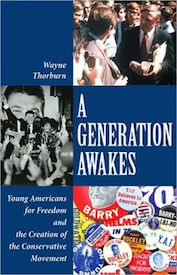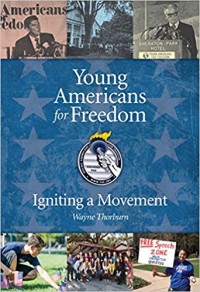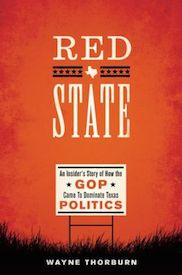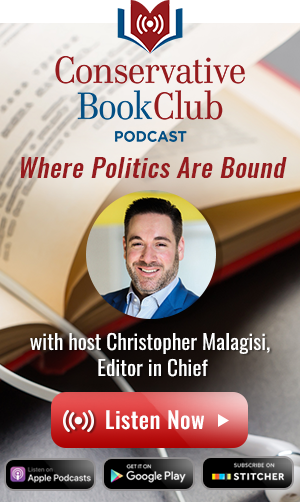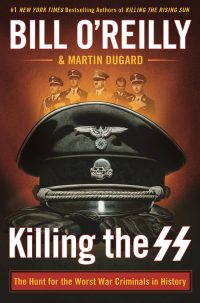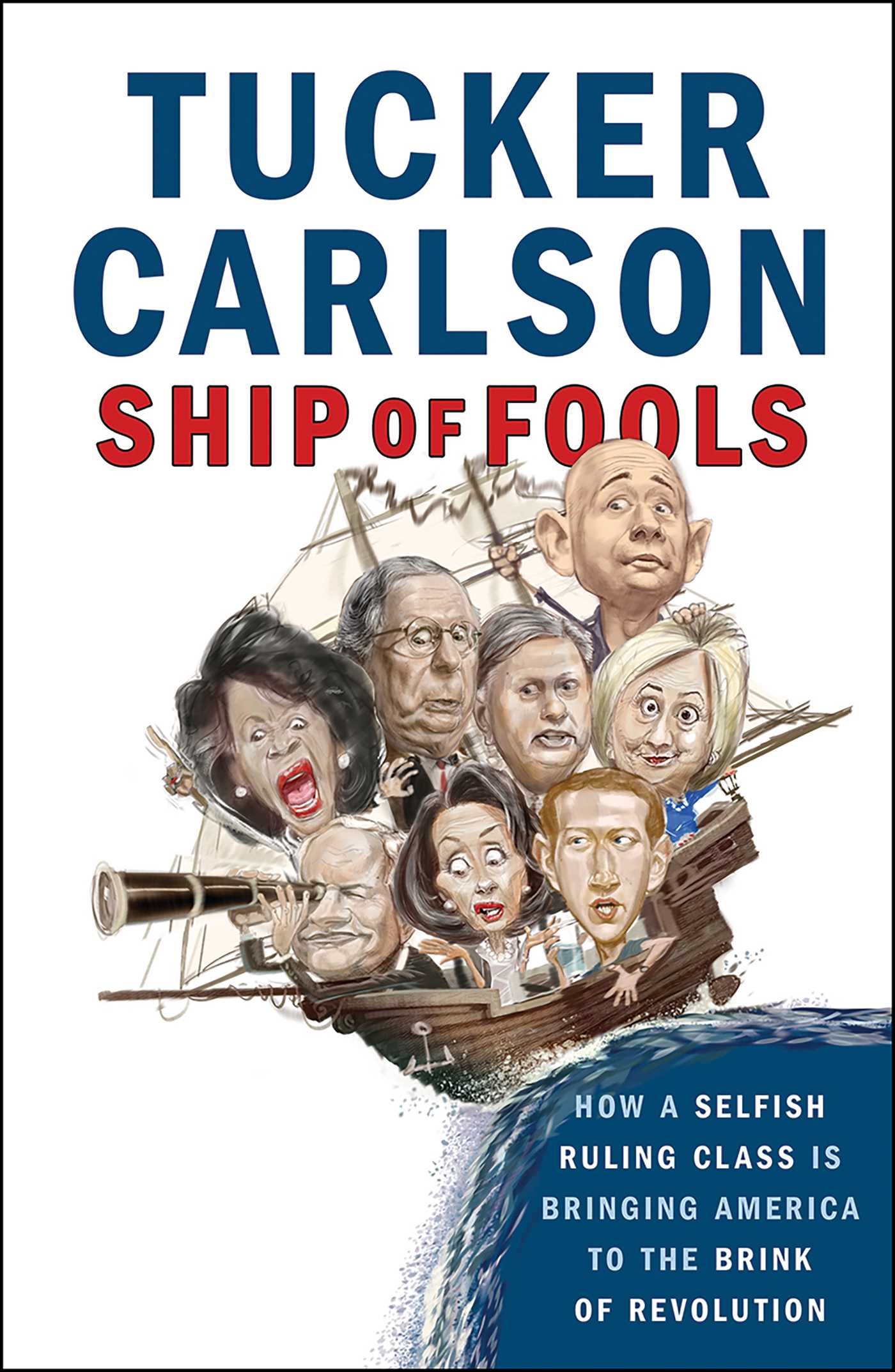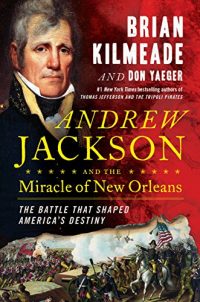A Generation Awakes
Nearly 100 bright, young conservative students from universities and colleges across the country gathered at the elegant “Great Elm” family estate of William F. Buckley Jr. in Sharon, Conn. on Sept. 10 and 11, 1960, to challenge America’s leftist lurch and turn its political compass to the right.
The seeds for this student gathering, and the larger conservative movement to follow, were planted by Arizona Sen. Barry Goldwater at the 1960 Republican National Convention in Chicago where a gang of precocious young conservatives (Youth for Goldwater) and other politicos were promoting him for the vice-presidential nomination.
Goldwater knew he wasn’t going to be on the ticket, but he went to the podium to ask he not be considered, with a scolding admonition to the convention’s conservatives that would eventually put them in charge of a national party apparatus and change the policy course of the country on a broad range of issues.
“Let’s grow up, conservatives,” Goldwater growled. “If we want to take this party back – and I think we can someday – let’s get to work.”
And get to work, they did. Goldwater met with the student leaders at the convention’s end and urged them to turn their group into a permanent organization. And that led to the Great Elm conference where a ringing declaration of conservative political principles was written, known as the Sharon Statement, and Young Americans for Freedom was born.
These were a remarkable body of talented students, virtually all of whom went on to stellar careers of their own in politics, journalism, government, education and business.
They included William Schulz of Antioch College, who rose to become the influential Washington bureau chief and executive editor of Reader’s Digest; David Franke who went on to become a noted book and magazine editor who authored numerous books of his own on politics, public policy and travel; Lee Edwards, a public relations executive who played key roles in numerous campaigns and on Capitol Hill and has authored numerous books.
Those who came to work for YAF, first in its New York office, then in Washington, honed their skills in a broad range of fields that were the tools of the movement’s future success.
Richard Viguerie, YAF’s executive secretary who became its in-house fundraiser, went on to parlay what he learned in those early years to lift political direct-mail fundraising into the stratosphere that bankrolled the movement and led to its increasing financial success, spawning dozens of conservative organizations. Money was now no longer an obstacle.
In all, YAF produced 26 members of Congress, eight U.S. Circuit Court judges, and battalions of college presidents, professors, journalists, campaign strategists, fundraisers and political warriors at every level of the nation’s election process.
The Sharon Statement was written by M. Stanton Evans, who at the age of 26 became the editor of the Indianapolis News, who wrote it on the train to Connecticut. It touted limited government, individual and economic freedom and warned of the threat to that freedom from communism.
It declared “That the forces of international Communism are, at present, the greatest single threat to these liberties; That the United States should stress victory over, rather than coexistence with, this menace”; and added, in a warning that is especially relevant today, “That American foreign policy must be judged by this criterion: does it serve the just interests of the United States.”
The organization grew into hundreds of chapters at colleges and universities across the country where professors were challenged over their leftist views, conservative leaders, like Buckley and many others, were invited on campus to speak, and conservatism found a new and youthful voice in the unlikeliest of places – academia.
A sign of YAF’s ambition and ultimate influence came early in its young life in 1962 when it held a massive conservative rally in the bastion of American liberalism – New York City – a political feat no conservative youth group had attempted before. It packed Madison Square Garden where YAFers heard a bevy of rising conservative stars, including Texas Sen. John Tower and its keynoter, Goldwater, deliver a call to arms against liberalism and the rise of communism. Buckley’s brother-in-law, L. Brent Bozell – long before Ronald Reagan rose to power – demanded that Nikita Khrushchev “tear down the wall” in Berlin. The next day, an aghast New York Times ran a front-page story headlined “Thunder on the Right.”
Mr. Viguerie and Mr. Franke noted years later in a book on the movement that “If you are looking for a birth date when the conservative movement emerged out of the womb and announced itself to the public, no other event would qualify better than YAF’s Madison Square Garden rally.”
That monster rally, reported in newspapers and newsmagazines across the country, further fueled the Goldwater movement, which, in turn, led to the rise of Reagan that made conservatism a permanent fixture in American political life.
Wayne Thorburn, who joined YAF in 1961 and eventually became its executive director, has written a great book, filled with the stories behind YAF’s rambunctious history and political growth. There were numerous internal battles along with its successes and YAF is no longer the force it once was, as other groups like Young America’s Foundation have come along to fill much of its mission and extend its influence.
But it is worthwhile reading this absorbing political history of YAF if only to understand anew how a youth organization of like-minded conservatives with energy, imagination, ambition and grit can take on a seemingly insurmountable political foe and triumph in the battle of ideas.
Book Review from The Washington Times, by Donald Lambro
- The Author
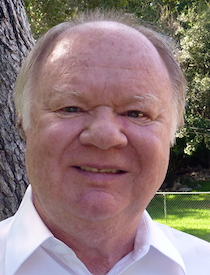
Wayne Thorburn
Wayne Thorburn, who holds a PhD in political science, brings a lifetime of political involvement to the task of tracing […] More about Wayne Thorburn.
- Books by the Author




